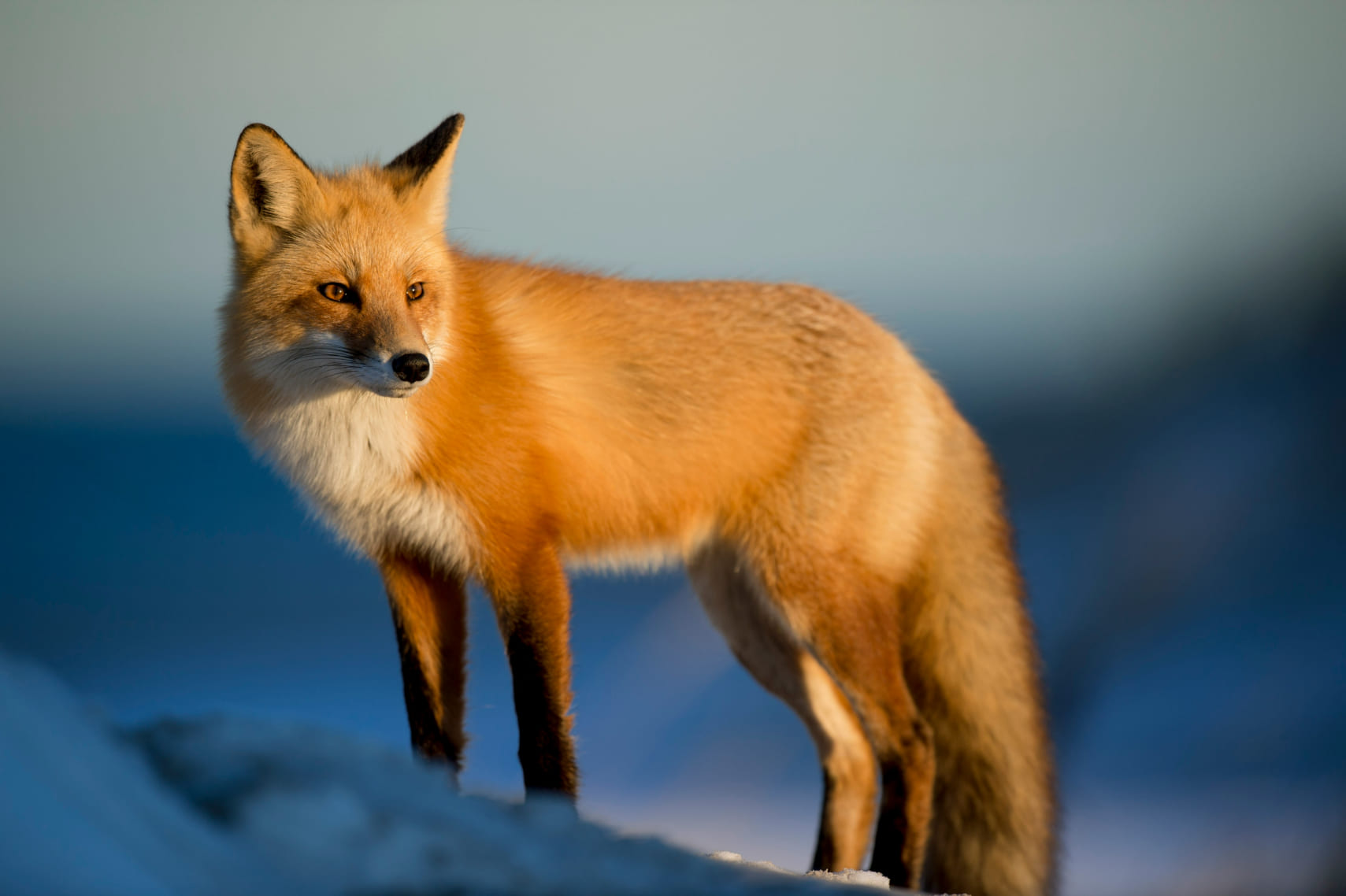-
Call Now: +913878958932
-
Email Now: [email protected]

The fox, with its cunning nature and adaptability, has been a symbol of intelligence and resilience for centuries. Found in diverse habitats ranging from forests and grasslands to deserts, foxes have thrived in almost every corner of the globe. Their sharp senses, quick reflexes, and resourcefulness have made them one of the most successful and enduring species in the animal kingdom.
In ancient times, foxes played a crucial role in their ecosystems. As omnivores, they consumed a variety of food, from small mammals and birds to berries and insects. This varied diet allowed them to thrive in challenging environments and contributed to the control of prey populations. Their hunting habits also helped maintain the balance of ecosystems, ensuring that resources were not overexploited.
Foxes have long been a part of human culture and folklore. In many traditions, they are depicted as clever and sometimes mischievous creatures, capable of outwitting their enemies. Ancient stories often portrayed the fox as a trickster or a guide, symbolizing wisdom and adaptability. This perception reflects humanity’s admiration for the fox’s ability to survive and flourish in diverse conditions.
Today, foxes continue to face challenges as urbanization encroaches on their habitats. However, their adaptability gives them an edge, allowing them to coexist with humans in many environments. Protecting their natural habitats ensures that these clever survivors remain an integral part of the natural world, reminding us of the ingenuity of ancient wildlife.